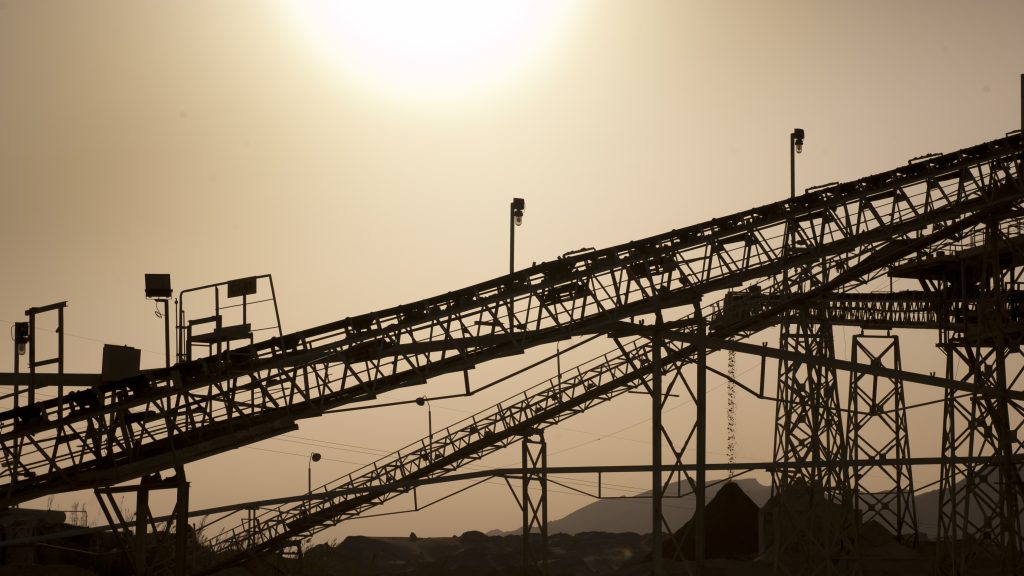Next Topic
Select SDGs to find out how we are taking action in support of the UN Substinable Development Goals
2023 ISRAEL CHEMICALS LTD. | ALL RIGHTS RESERVED

One of ICL Rotem’s largest infrastructure projects is the construction of new retention ponds. These ponds are used to retain acidic phosphogypsum fluid. The phosphogypsum component precipitates to the bottom of the ponds, and remaining water is circulated back for reusage in ICL Rotem’s production processes. The new ponds are being constructed using leading, high standard technology. This technology has many advantages, in terms of exceptional pond strength and stability, and unprecedented water reusage efficiency. These new ponds replace old ones.
ICL Rotem is dedicated to improving its wastewater handling and has created a dedicated task force to meet this challenge. The task force's two main goals include rehabilitating
the wastewater ponds, and finding alternative solutions for the annual flow of nearly 350,000 m3 of acidic wastewater to these ponds by 2021.
ICL Rotem has created this task force in order to develop a systematic focus on innovation, gain professional knowhow on wastewater treatment, and reduce bottlenecks.
ICL Rotem’s wastewater output has almost doubled in the last few years as the Company added air pollution control devices (such as scrubbers) that use large quantities of water as part of the pollution reduction process, as required by the authorities.
The focus of the task force is to significantly reduce wastewater that would otherwise flow to the treatment ponds.
During 2020, Rotem tested recycling of white acid wastewater. The wastewater was concentrated and recycled through the waste stream where it underwent FSA solidification for use in the cement industry.
All wastewater streams will be managed by the end of 2023, compared with six wastewater streams treated by the end of 2021. This is a requirement on Rotem’s emissions permit.

Rotem’s site efforts are dedicated to sustainability, as a result most of ICL Rotem’s research and development activities over the past several years have focused mainly on solving environmental issuesSuch as searching for technological solutions as part of its challenge to comply with the Clean Air Law. To date ICL has concluded several major projects to meet Clean Air Law regulations, including the establishment of a new 96-meter high emission stack and replacement of converter unit catalysts at both of its sulphuric acid production facilities. The replacement of these catalysts enabled the site to reduce its SO2 emissions by about 50%. In addition, four production ponds have been covered to minimize emissions of volatile compounds. ICL Rotem has also advanced its collection and capture of non-point VOC emissions from its white phosphoric acid facility.
ICL Rotem completed environmental projects that enabled it to reduce its SO2 emissions by 50%.
ICL Rotem is investing more than $400 million on environmental related projects and closure of ponds and tailing, to be executed according to a workplan until 2026. In addition, the company invested in 2021 $2.5 million in mine-pits reclamation.
Until now, including 2021, capital expenditures amounted to more than $80 million on environmental related projects. In light of business uncertainty, ICL continues its discussions with Israel’s Ministry of Environmental Protection regarding the timing and scope of executing the investments, including the impact of the uncertainty surrounding Rotem Israel’s activity (which is also impacted by the uncertainty regarding approvals to mine the South Zohar – Barir field), and as far as the implementation of long-term projects is concerned.
